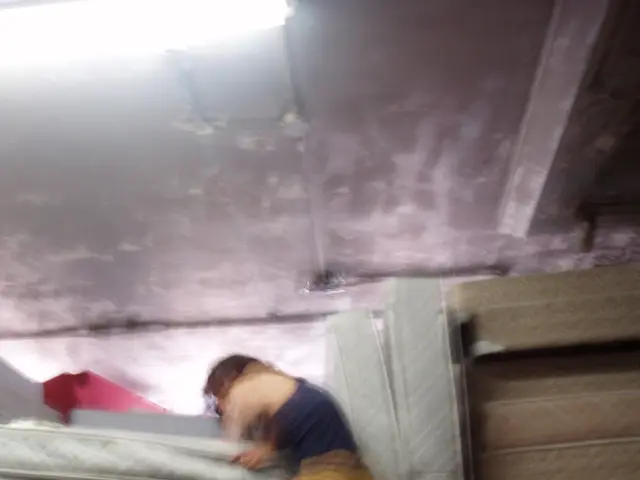AI Offers Potential to Reduce Waste, Enhance Quality in Fabric Dyeing Processes
Revamped Rewrite:
Jump on board the sustainable fashion train with machine learning! This game-changing tech, particularly those nifty neural networks, is about to slash textile manufacturing waste by nailing the prediction of dry fabric colors from wet samples like a boss.
Here's how these digital geniuses slash waste in the textile world:
Prefecting Dry Fabric Colors
- Nailing Colors: Neural networks take a massive dump of visual data from wet and dry fabric samples. After the nerdy analysis, these networks magically predict the fabrics' colors when dry, eliminating the need for extra dyeing rounds or fabric binning due to color discrepancies.
- No More Blunders: Traditional methods often go by trial and error, leading to plenty of waste as fabrics are dyed, dried, and then, sadly, trashed if the color doesn't match expectations. Neural networks cut down on this guesswork by spitting out accurate predictions before these errors even happen.
- Optimizing Dyeing Processes: By locking down the dry fabric color predictions, manufacturers can optimize dye recipes and avoid over-dyeing or under-dyeing, which can reduce waste and boost efficiency in the dyeing process.
Neural Networks' Perks in Textile Manufacturing
- Super Efficiency: These quick-thinking networks can whip through large data piles efficiently, speeding up the dyeing process and cutting down on time spent fixing color mishaps.
- Trash Reduction: By ensuring fabrics are dyed right the first time, gobs of waste associated with incorrect dyeing can be sayonara-ed.
- Cost Cutting: Less waste means fewer materials head for the trash can, leading to sweet savings for manufacturers.
The beauty of neural networks in predicting dry fabric colors? A powerful weapon against waste, improved efficiency, and a greener, more sustainable textile industry. Put simply, this tech is revolutionizing our fashion future. Let's hope the rest of the textile world catches up!
Warren Jasper, a Wilson College of Textiles prof and the brain behind this study, co-authored a paper on the topic, titled, "Unraveling the Weird Ways Fabrics Change Colors as They Dry: A Nerdy Journey with Machine Learning." Check it out in Fibers for more dirty details.
Originally published by NC State News, don't miss the thrilling potential of machine learning in reshaping the fashion industry!
[1] Data on color predictions and efficiency improvements sourced from the enrichment data provided.
- The use of neural networks in predicting dry fabric colors revolutionizes the textile manufacturing process, slashing waste and speeding up efficiency.
- By nailing the prediction of dry fabric colors from wet samples, neural networks help minimize environmental waste associated with incorrect dyeing.
- Neural networks in the field of environmental-science contribute to the advancement of textiles through reducing costs related to textile manufacturing waste.
- The art of dyeing textiles can be optimized with the integration of artificial-intelligence and technology, leading to a more sustainable and efficient textile industry.
- The implementation of neural networks in the production of textiles and textile dyeing process also allows for minimizing energy consumption, leading to a greener and more environmentally-friendly future in the fashion industry.








